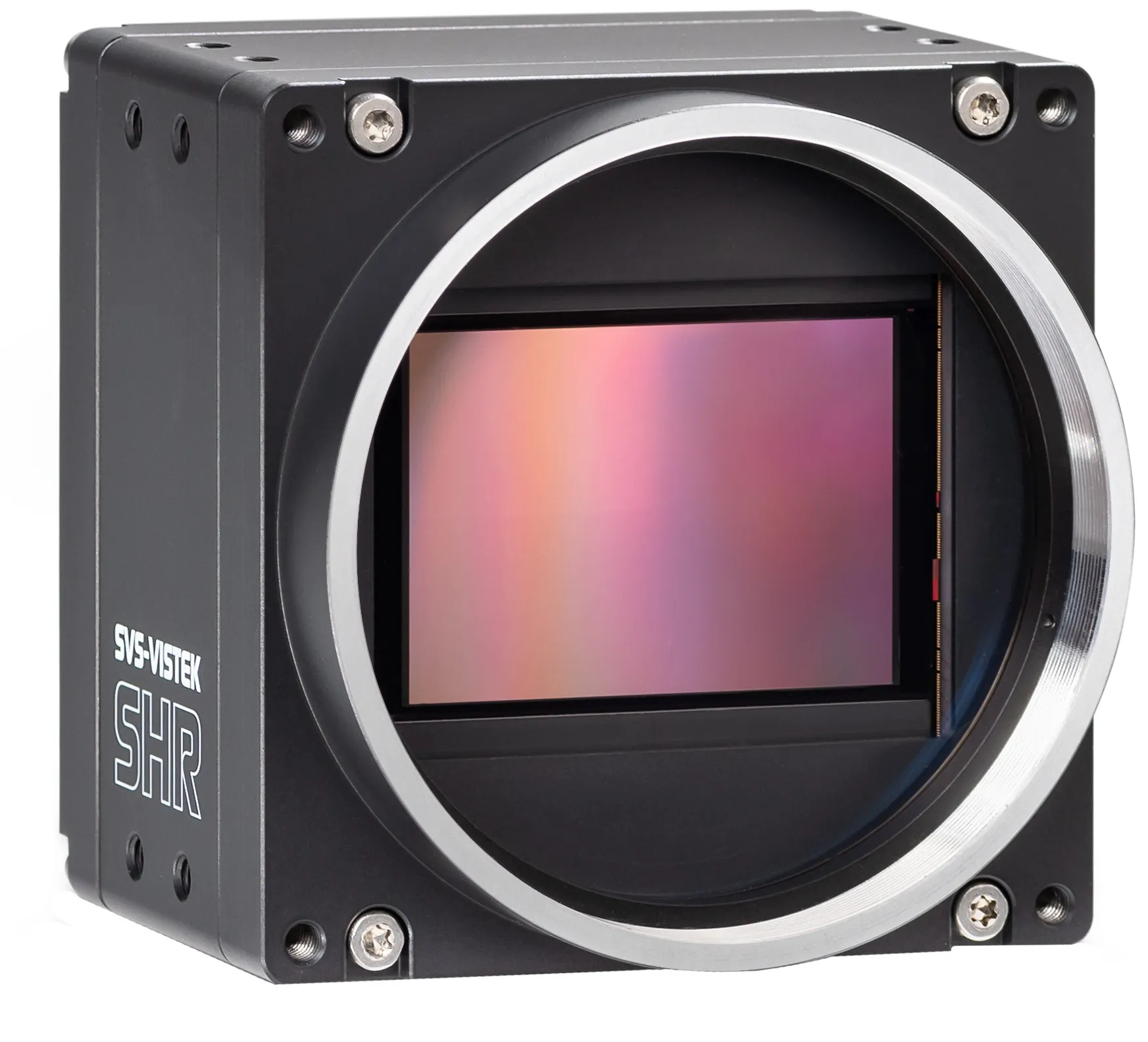Teledyne Dalsa has launched its Genie Nano-M2450 polarised camera built around Sony’s Pregius 5.1M polarised image sensor. The model features a monochrome quad polarisation filter, resolution of 2448 x 2048 pixels, and aims to deliver an image capture of 35 frames per second. The product also utilises the company’s TurboDrive technology with the intention of increasing frame rates by up to 50%. Additionally, the device is said to offer polarisation for both area and line scan (Piranha 4 polarisation) camera
June 28, 2018
Read time: 1 min








